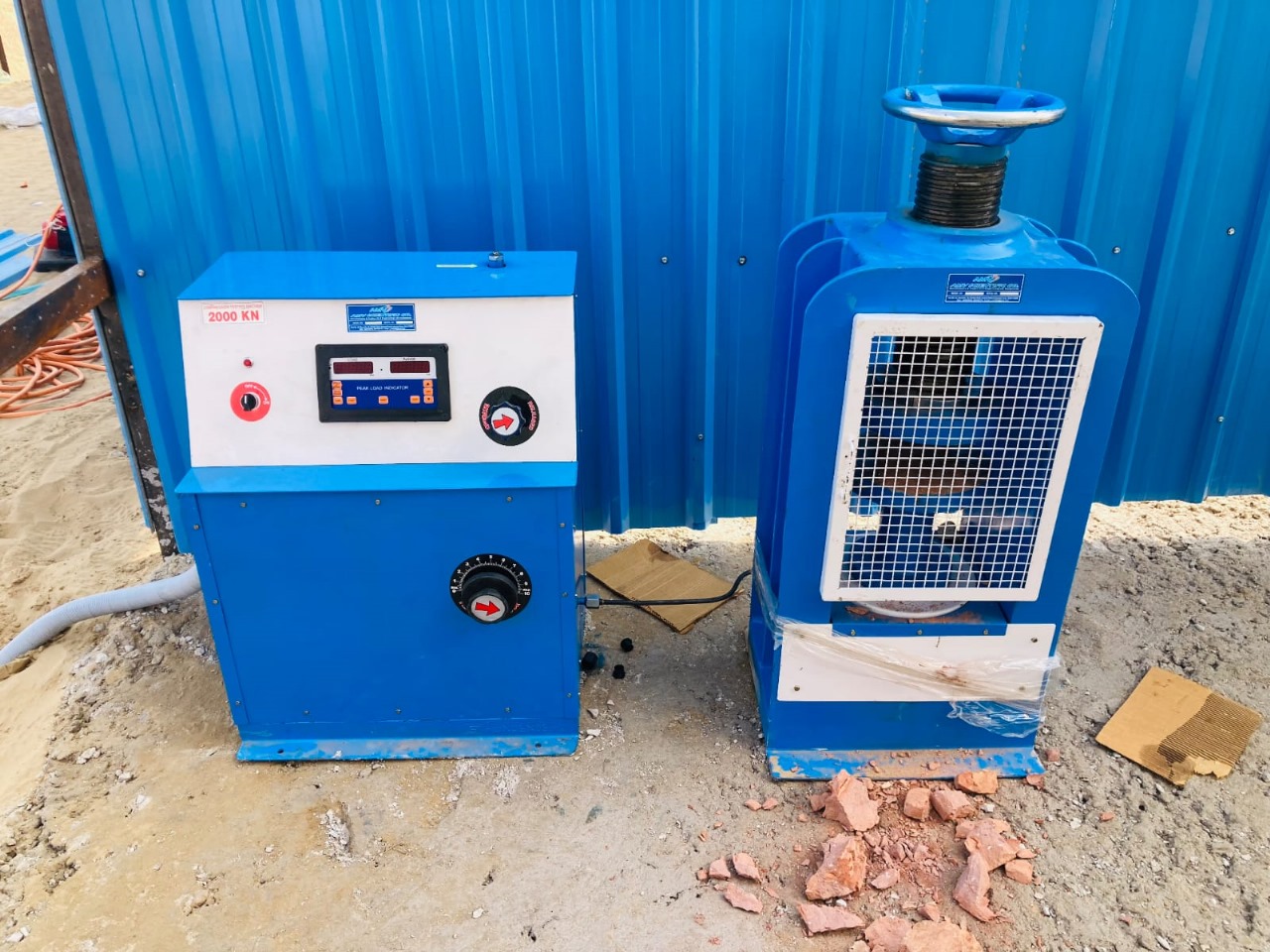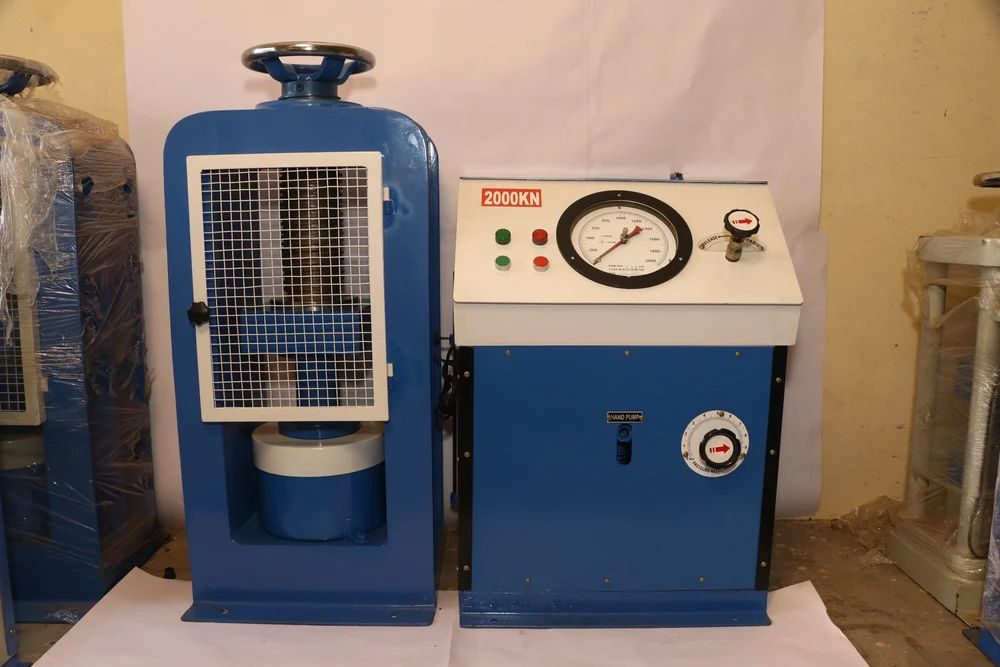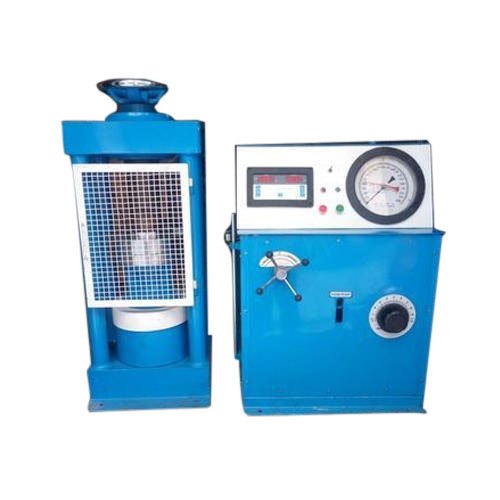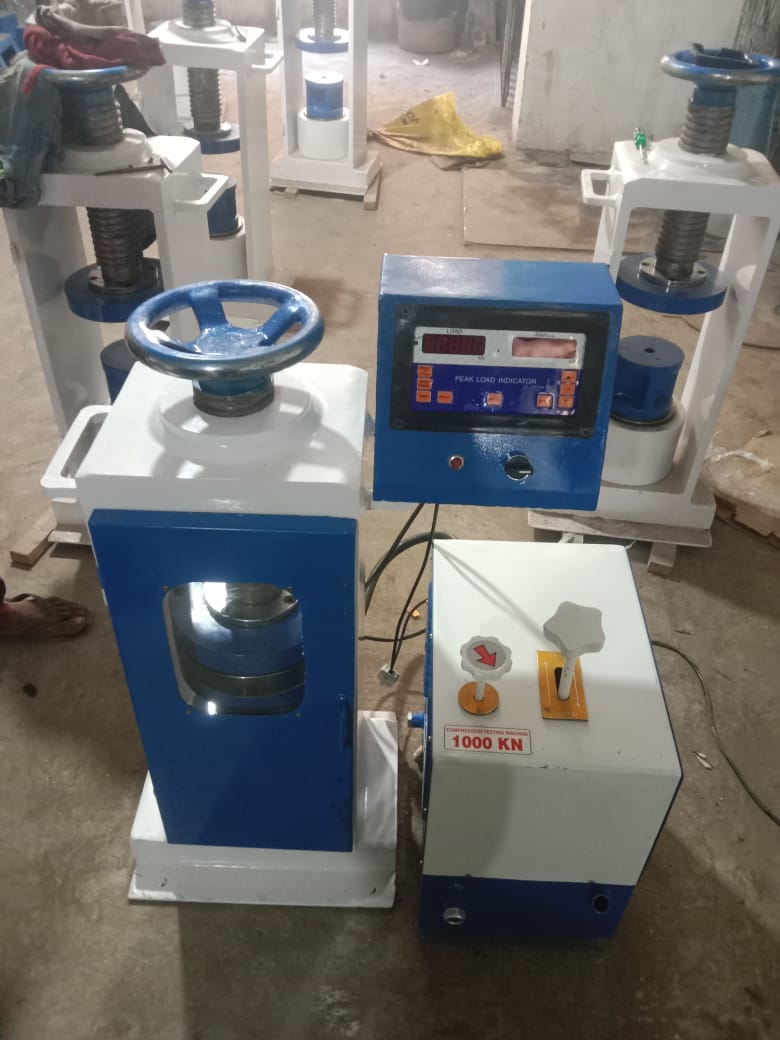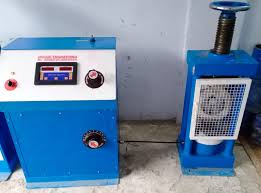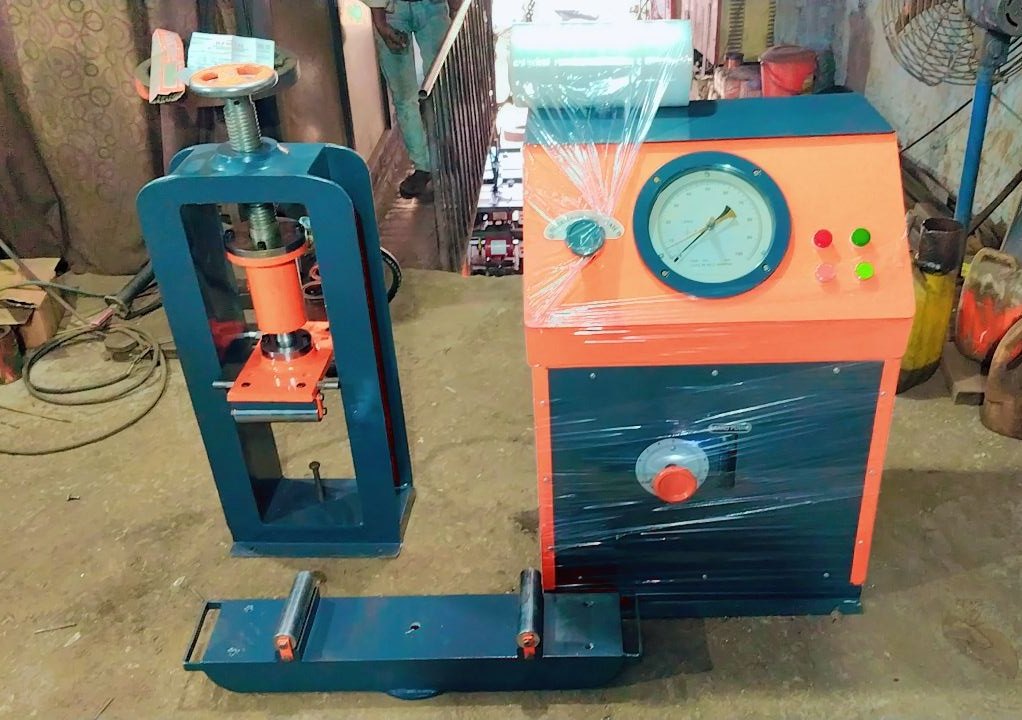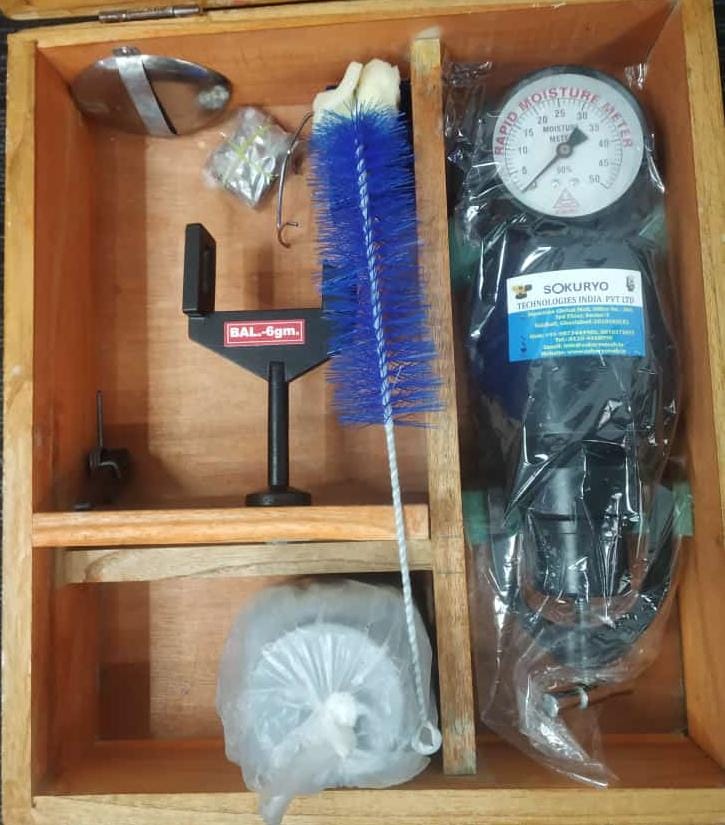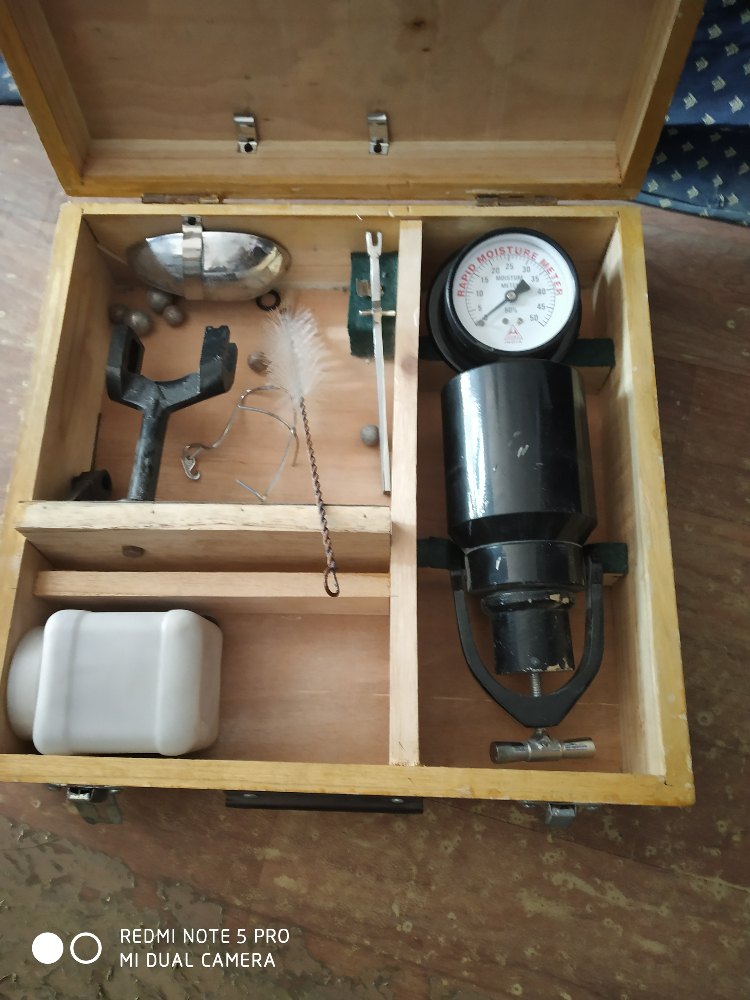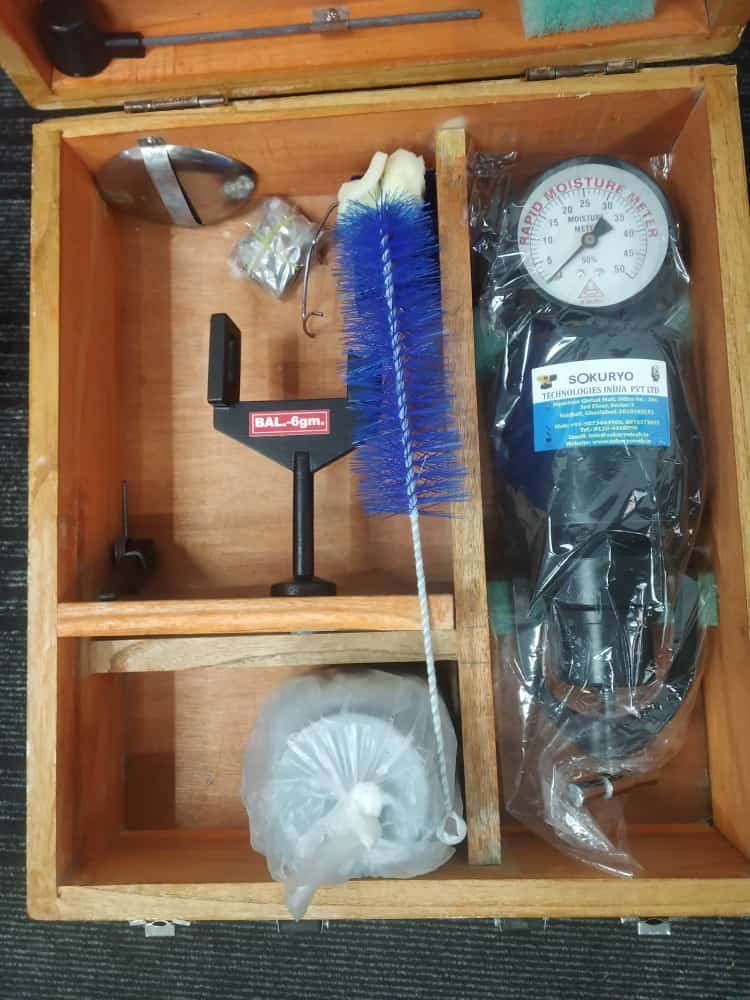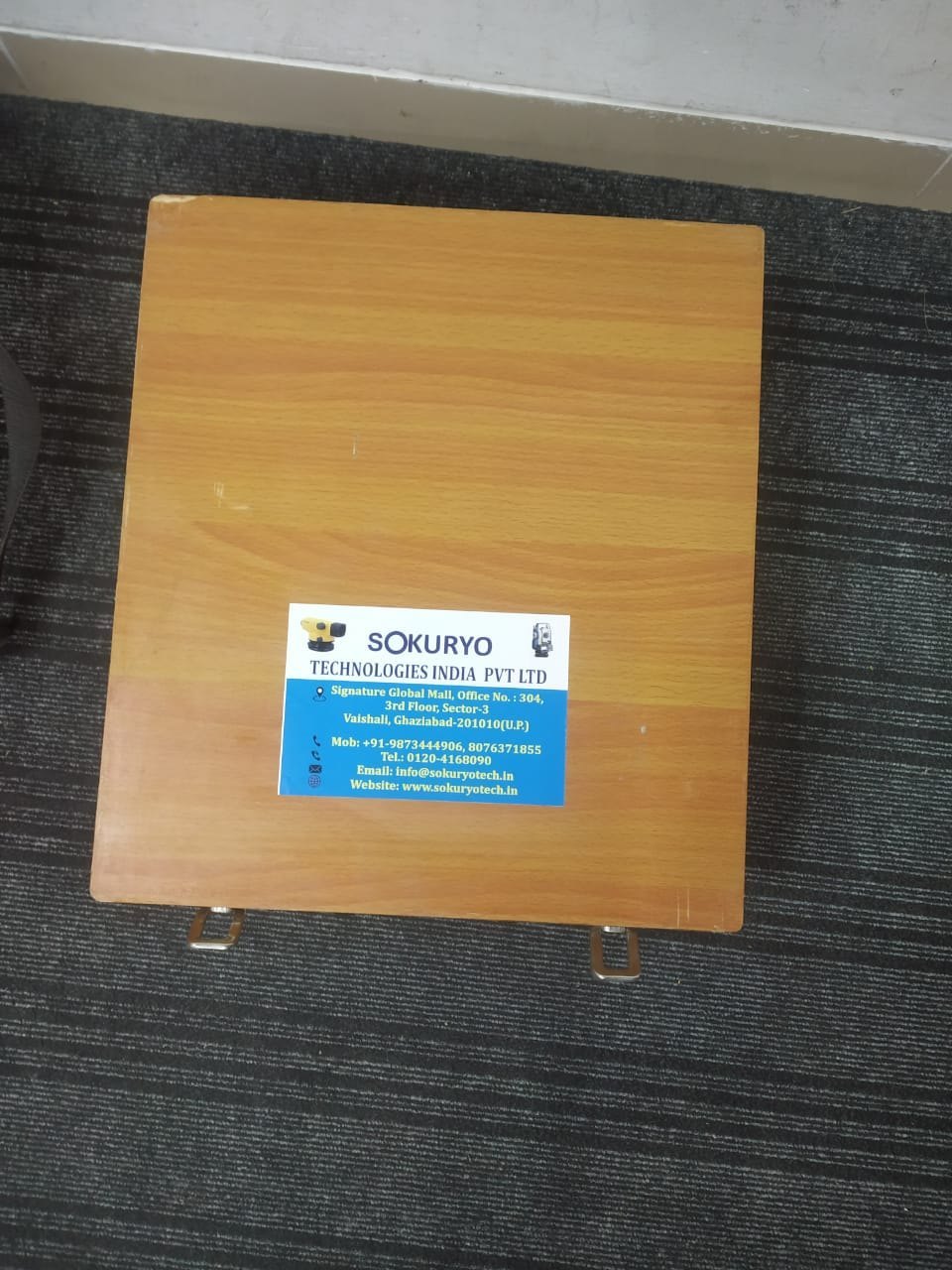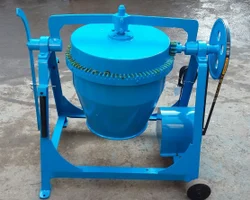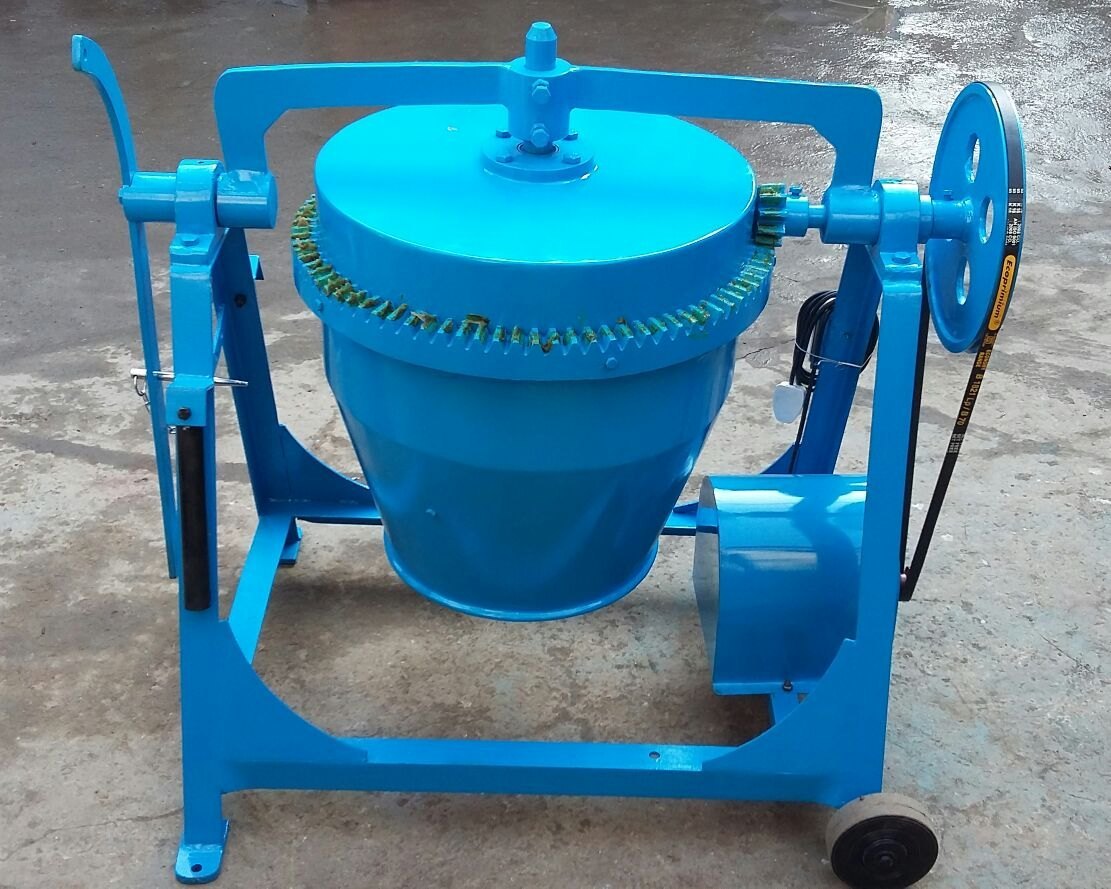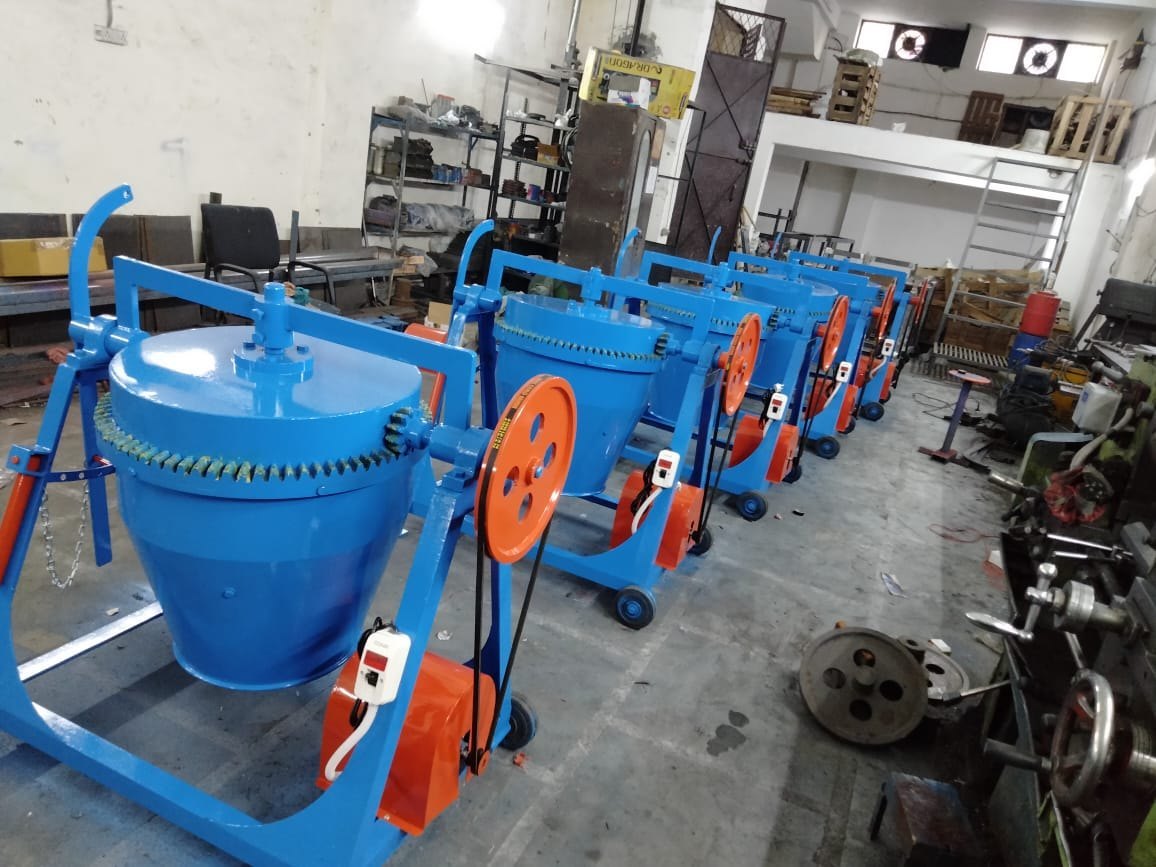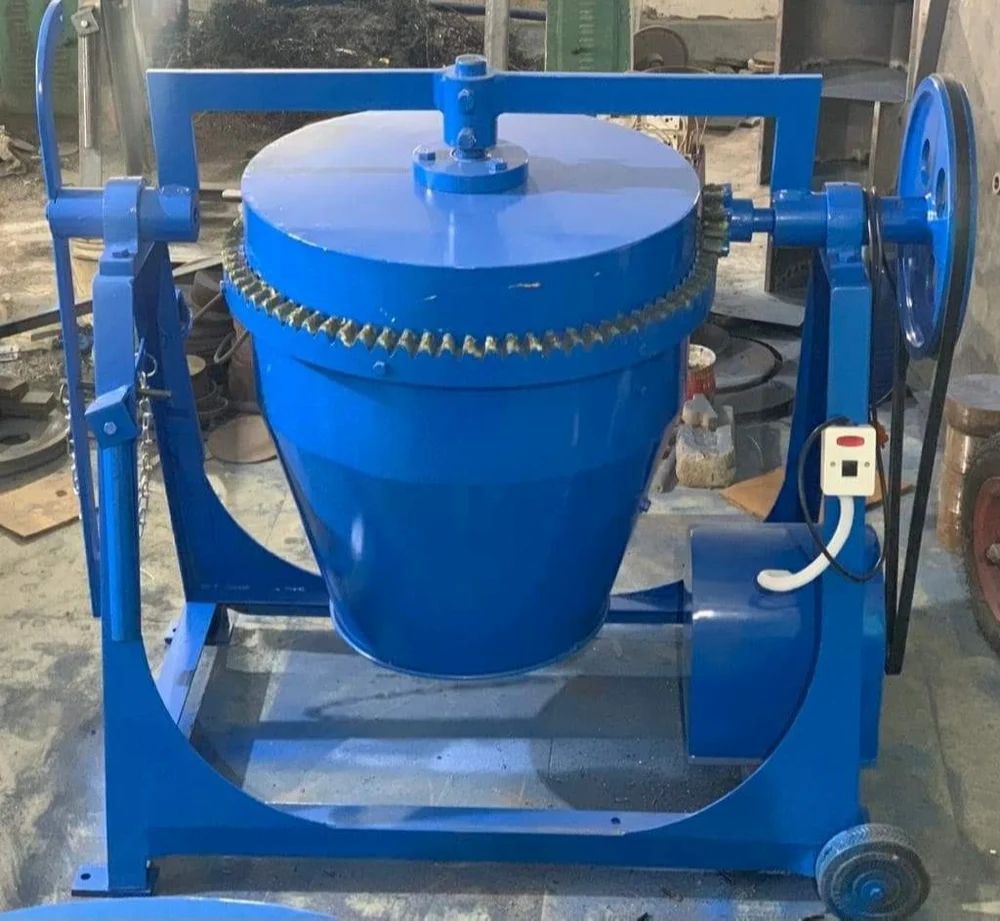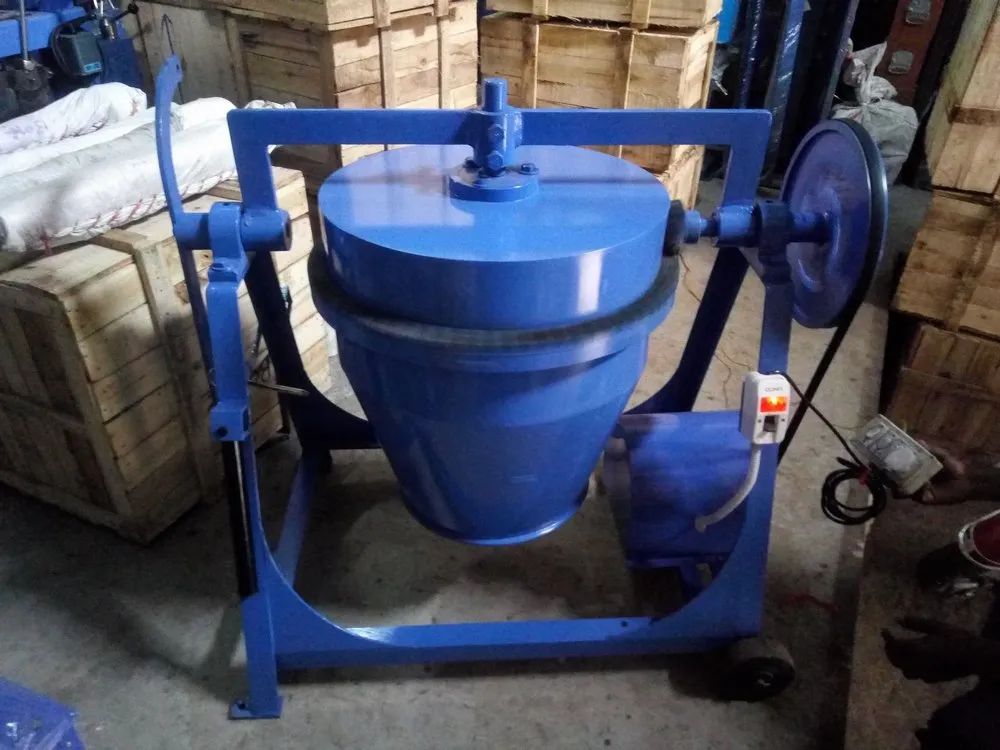revolution
CIVIL LAB EQUIPMENTS
Compression testing machine-2000kn dIGITAL
A compression testing machine is a universal testing machine (UTM) specially configured to determine a material’s strength and deformation behavior under compressive (pressing) load. A typical machine for compression tests consists of a load cell, a crosshead(s), compression test tools, electronics, and a drive system.
Specifications:
Usage/Application for -cube compression
Capacity -2000KN
Display Type- Digital
Brand -SOKURYO
Material mild dteel
Phase single phase/dual phase
compression testing machine-1000kn
A CTM (Compression Testing Machine) 1000 KN digital machine typically has a maximum load capacity of 1000 kN, a load resolution of 0.1 kN, and a digital display for readings. It can also have platen sizes of 300 mm x 300 mm or 300 x 250 mm, along with vertical and horizontal clearances.
Specifications:
Load Capacity: 1000 kN (kilonewtons)
Load Resolution: 0.1 kN
Display Type: Digital
Usage: Compression testing of concrete, bricks, and other materials
Brand : SOKURYO
Rapid Moisture Meter
Rapid Moisture Tester is a device used to quickly determine the moisture content of a substance, including sand, soil, fine aggregate, or other construction materials. This device utilizes the rapid drying method, allowing for on-the-spot measurements of moisture levels.
Make: SOKURYO
Model: SOK-2025-003
Pressure guage range : 0-25% & 0-50%
Origin: India
CONCRETE MIXER
A concrete mixer is a device that homogeneously combines cement, aggregate (e.g. sand or gravel), and water to form concrete. A typical concrete mixer uses a revolving drum to mix the components.
Drum Capacity : 40-50 KG
Material : MS
Automation Grade : Manual
Usage/Application : Industrial
Power Source : Motorised
Voltage : 220 V
Speed Of Mixing Drum : 20-22 RPM
Model Number : SOK
Frequency : 50 Hz
Surface Finish :Powder Coated
v Driven Type :Motorized
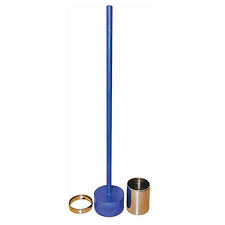
CORE CUTTER WITH RAMMER
A core cutter with dolly and rammer is a soil testing tool used to determine the in-situ density of soil. The core cutter, typically made of steel, is a cylindrical tube with a specific diameter and length. The dolly is a short steel cylinder that fits over the core cutter, often with a lip for easy placement. The rammer is used to drive the core cutter into the soil, typically with a detachable steel rod.
Core Cutter:
Material: Mild steel.
Diameter: 100mm (inner diameter).
Length: 127.3 mm or 130 mm.
Wall thickness: 3mm.
End: Beveled at one end.
Dolly:
Material: Steel.
Height: 25mm.
Lip: For easy placement on top of the core cutter.
Diameter: 100mm.
Rammer:
Material: Steel.
Mass: Typically around 9.5 kg or 9 kg.
Length: 900mm (overall length including foot and staff).
Rod: Detachable steel rod
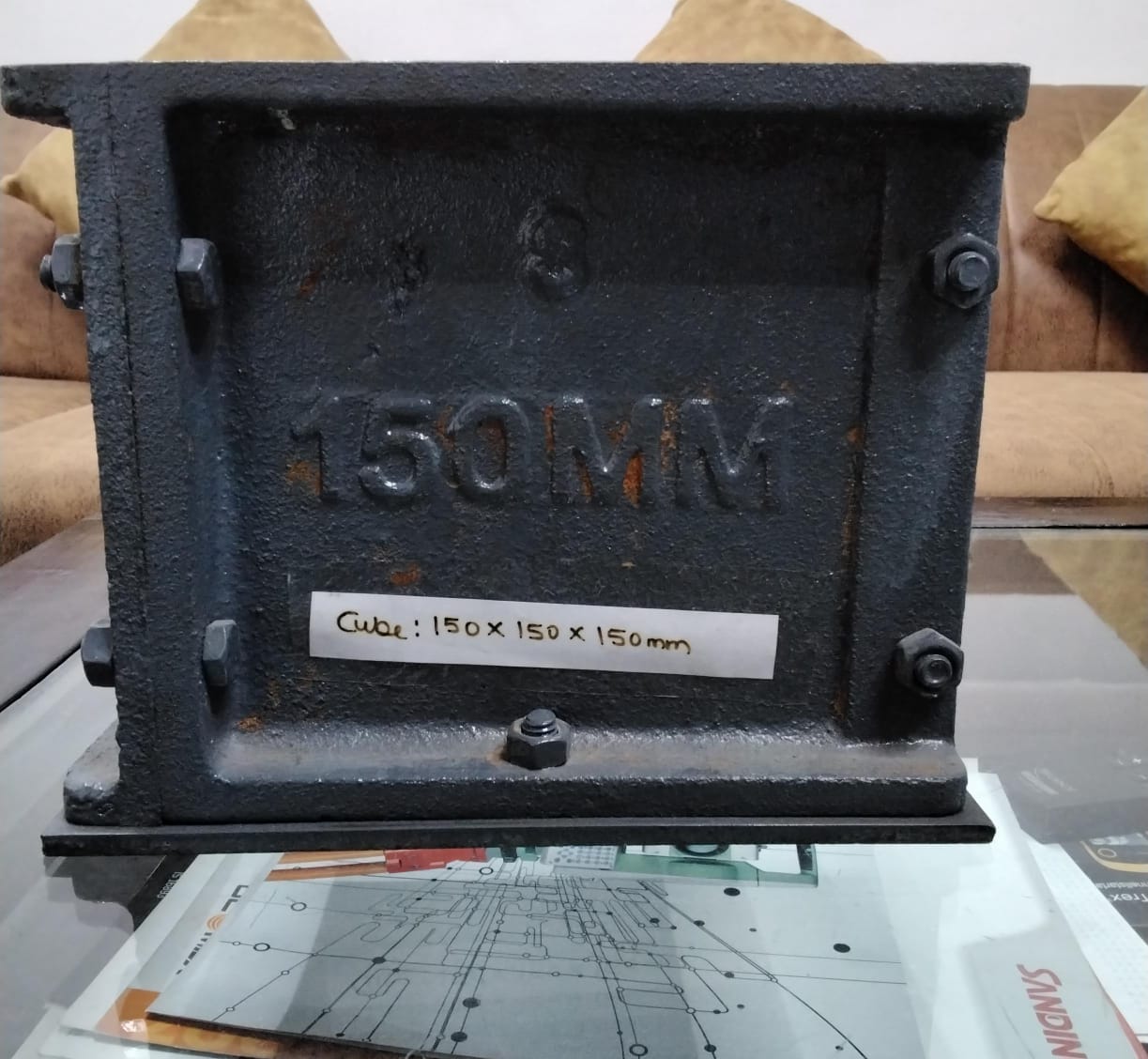
cube mould (150*150*150mm)
Cast Iron Cube Mould 150mm is used to create standardized cube-shaped samples of concrete with 150mm x 150mm size for testing purposes. These moulds are made of durable cast iron material and come in a 150mm Cast Iron Cube Mould to accommodate different testing requirements.
Feature of Cast Iron Cube Mould 150mm
Made from tough cast iron for durability.
Available in different sizes to suit different needs.
Makes it simple to prepare uniform concrete samples.
Easy to use for engineers and construction workers.
Helps maintain consistent testing standards.
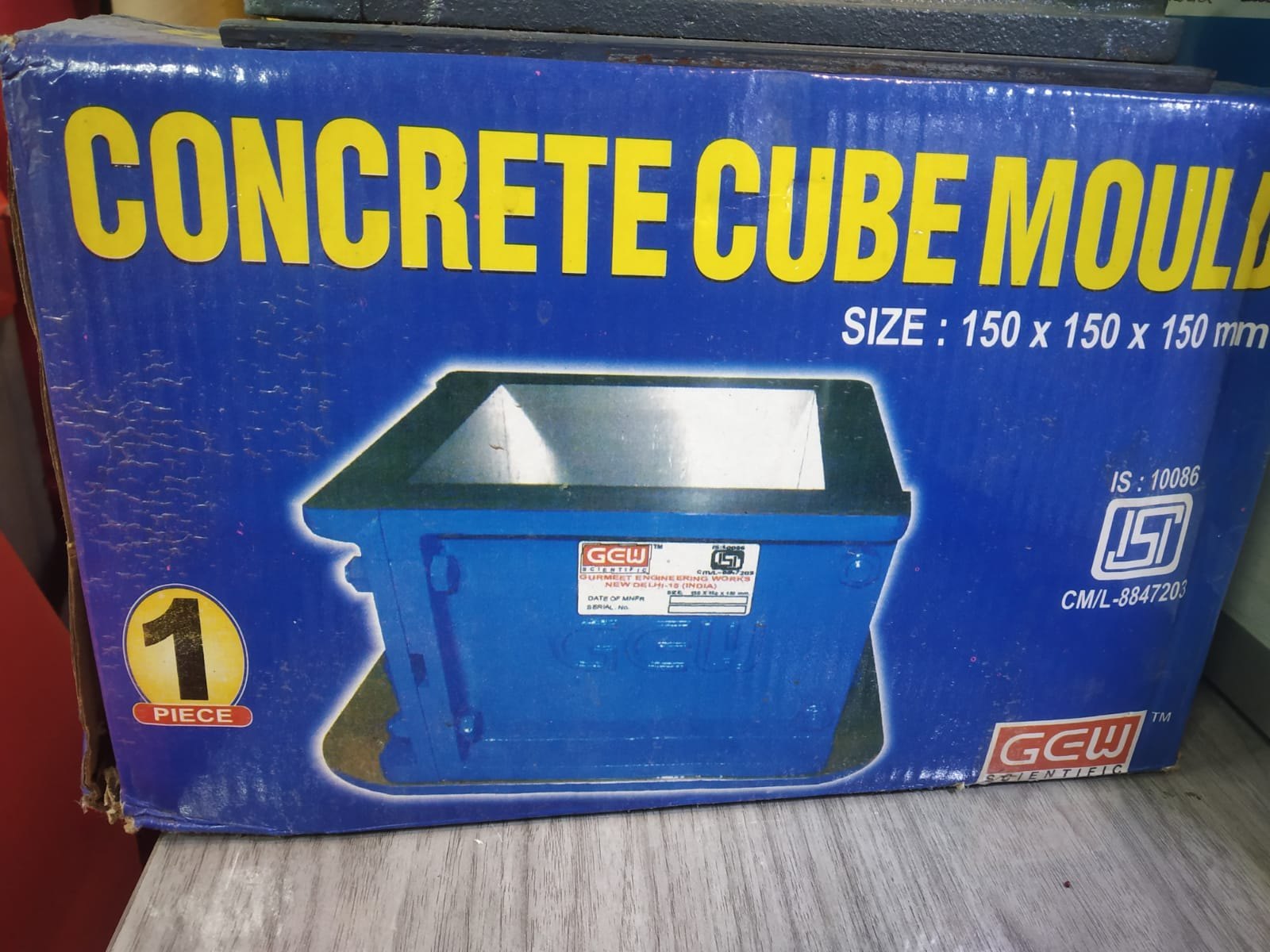
cube mould (150*150*150mm)-isi
A 150mm ISI-marked cube mould is a cast iron mould used for creating concrete test specimens to determine compressive strength, as per IS 516 standards. These moulds ensure accurate specimen casting for reliable testing.
Key Features:
Material: Cast iron.
Size: 150mm (side length).
Accuracy: Machined flat to within ±0.02 mm and inside dimensions accurate within ±0.2 mm.
Shape: Cubic.
Function: Used to cast concrete cubes for compressive strength testing.
ISI Mark: Indicates adherence to Indian Standards.
Weight: Approximately 13.5 kg.
- Standard usage temperature range-20°to +60°C.
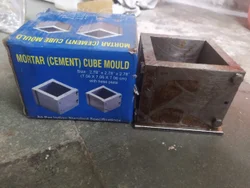
mortar mould (70.6*70.6mm)
A cube mould 70.6mm with ISI (Indian Standards Institution) certification is a steel mold, typically 70.6mm x 70.6mm, used for creating concrete cubes for strength testing. These molds are essential for quality control and research in construction and civil engineering.
Key Features :
Material: Mild steel, known for its durability and resistance to distortion.
Size: 70.6mm x 70.6mm, a standard size for concrete cube testing.
ISI Mark: This indicates that the mold meets specific Indian standards for quality and precision.
Surface Finish: High-quality internal surface finish to ensure accurate results and compliance with IS:10080 & IS:10086 standards.
Purpose: Used to prepare concrete cube specimens for compressive strength testing.
Applications: Quality control, research, and educational purposes in the construction and civil engineering industries.
Durability: Designed to be robust and resistant to damage, ensuring long-term use.
- Standard usage temperature range-20°to +60°C.
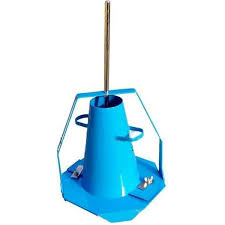
Slump cone apparatus
The slump cone, used in the concrete slump test, is a frustum of a cone made of metal, typically steel, with specified dimensions: a top diameter of 100 mm (4 inches), a bottom diameter of 200 mm (8 inches), and a height of 300 mm (12 inches). The cone’s internal surface must be smooth, and the thickness of the metal sheet should be at least 1.6 mm (16 SWG). The cone should be provided with suitable foot pieces for attachment to a base plate and handles for lifting.
Key Features :
Shape: Frustum of a cone.
Material: Metal (steel is common), with a minimum thickness of 1.6 mm.
Dimensions:
Top diameter: 100 mm (4 inches).
Bottom diameter: 200 mm (8 inches).
Height: 300 mm (12 inches).
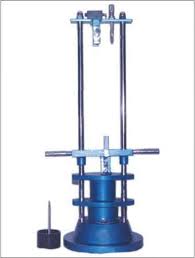
AGGREGATE IMPACT VALUE APPARATUS
The Aggregates Impact Value (AIV) Apparatus is used to determine the aggregate impact value which provides a relative measure of the resistance of an aggregate to sudden shock or impact. The counter fitted to the machine automatically records the number of blows delivered to the sample. cylindrical in shape, 50 mm long, 100.0 mm in diameter, with a 2 mm chamfer at the lower edge and case hardened. The hammer should slide freely between vertical guides and be concentric with the cup. Free fall of hammer should be within 380±5 mm. mm for measuring aggregates.
Features:
Product Type-Impact Testing Machine
ModelName/Number-AIV
Automation GradeManual
Brand-SOKURYO
Weight-25 KG
Color-BLUE
I Deal In-New Only
Country of Origin
Made in India
Top diameter: 100mm (4 inches).
Bottom diameter: 200mm (8 inches).
Height: 300 mm (12 inches).
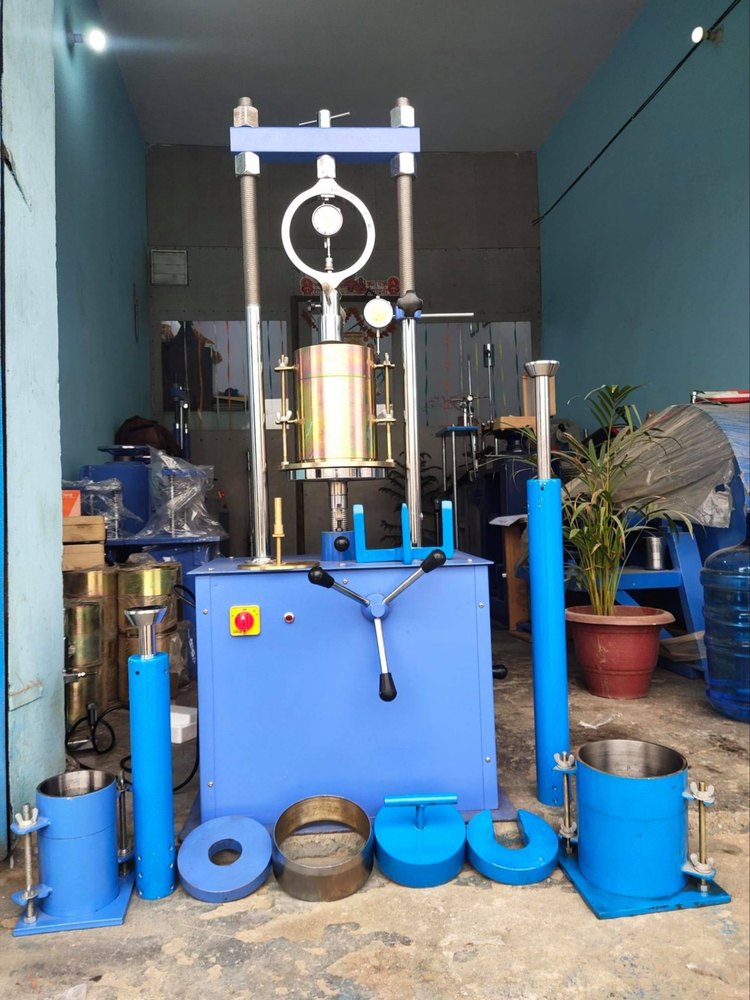
cbr test APPARATUS
A (CBR) test apparatus is used to determine the strength of subgrade soil and pavement materials. It typically consists of a loading machine, a CBR mold, a penetration plunger, a proving ring, and associated accessories like weights and a dial gauge. The apparatus measures the resistance of a soil sample to penetration by a plunger under controlled conditions, allowing for calculation of the CBR value, which is a measure of the soil’s relative strength compared to a standard.
Specifications:
1. CBR Mould:
Dimensions: Inside diameter of 150mm, height of 175mm.
Material: Mild steel.
Components: Includes a detachable perforated base plate of 235mm diameter and 10mm thickness.
2. Loading Machine:
Capacity: At least 5000 kg capacity.
Mechanism: Equipped with a movable head or base to allow a 50mm diameter plunger to penetrate the soil.
Rate of Penetration: 1.25 mm/minute.
Loading System: May include a screw jack with a detachable handle, a lower platen that moves up and down, and an adjustable top bracket for connecting proving rings.
3. Accessories:
Dial Gauge: Measures the penetration of the plunger.
Proving Ring: Measures the applied load.
Weights: Used to apply load to the plunger.
Spacer Disc: 148 mm in diameter and 47.7 mm in height, with a handle.
Metal Rammer: Weight 4.89 kg, drop 450 mm for compaction.
Expansion Measuring Apparatus: Adjustable stem with perforated plates and tripod
